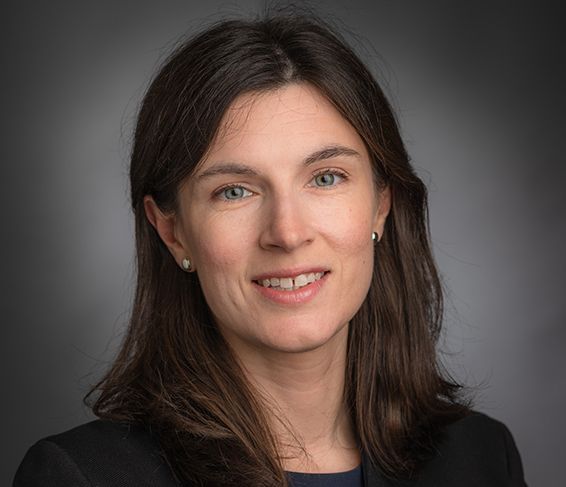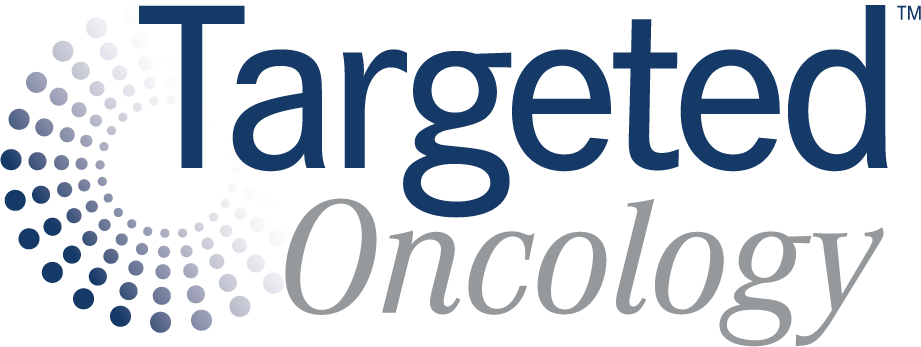Discussing Non-Clinical Barriers to NGS Testing for NSCLC
During a Case-Based Roundtable® event, Julia Rotow, MD, led a discussion on the non-clinical barriers that impact the use of using next-generation sequencing for patients with certain mutations of their non–small cell lung cancer in the first article of a 2-part series.
DISCUSSION QUESTIONS
- What are some of the non-clinical barriers to genomic testing?
- Would you repeat molecular profiling, and when?
JULIA ROTOW, MD: I think DNA-based next-generation sequencing [NGS] is increasingly becoming our standard and is quite sensitive for finding gene mutations and reasonably sensitive for fusions, but it’s not as good at identifying fusions as it is with mutations. RNA-based testing does gain some greater sensitivity, so many of these would be called fusion panels, and there are some interesting data out there that show if you take a patient whose DNA NGS negative but has the right demographic history to make you suspicious...[of a fusion], for example, a young non-smoking patient…. My key takeaway here is that the negative cell free DNA [cfDNA] doesn’t rule out an alteration; it can only rule in. Although some of the platforms are now starting to try to give you an estimate of the tumor DNA content, it should still give you some sense of how confident you can be in the results being a true negative. That’s always a challenge when there’s pressure to start therapy [but] you have cfDNA that is negative. Do you move forward, or do you wait on the tissue? The data are starting to give some estimates that tumor content can be helpful there.

What are some of the non-clinical barriers that make it difficult to get this testing back? Or make it difficult to get this testing back in a timely fashion? In your own practice, what are you running into that is stopping you from having these results, maybe even before first-line therapy?
AHMAD M. SAFAR, MD: In my case, the only situation that is a barrier is when the patient wasn’t diagnosed in our hospital and then [it’s a challenge] getting tissue [from elsewhere]. I [had a patient who had] pericardial effusion tests in a different hospital and they had very little sample left and there was nothing to be sent. We don’t have anything to test [in cases like this]. Other than that, I don’t see any barriers in terms of administrative barriers [for getting these tests].
NATALIE M. SPRADIN, MD: I recently had a case where [there was an issue with the patient’s] insurance, so it’s usually a cost issue. I don’t run into that quite as much [when using the] Tempus test because they have such a good financial assistance program, but I did run into that recently, [because the patient] didn’t qualify for their assistance. Then, I totally agree with getting the tissue in the hands of the [laboratory] performing the NGS testing is [important and can sometimes be challenging].
ROTOW: How about biopsy specimen quality? Is that something you run into issues with?
SAFAR: Maybe about 10% of the time I get the report after waiting for a week that the specimen wasn’t adequate, and basically go back to square one. I don’t know if our pathologists can do a better job before they send it to tell us whether the quality [will be an issue], but it doesn’t happen more than 10% [of the time], in my experience.









